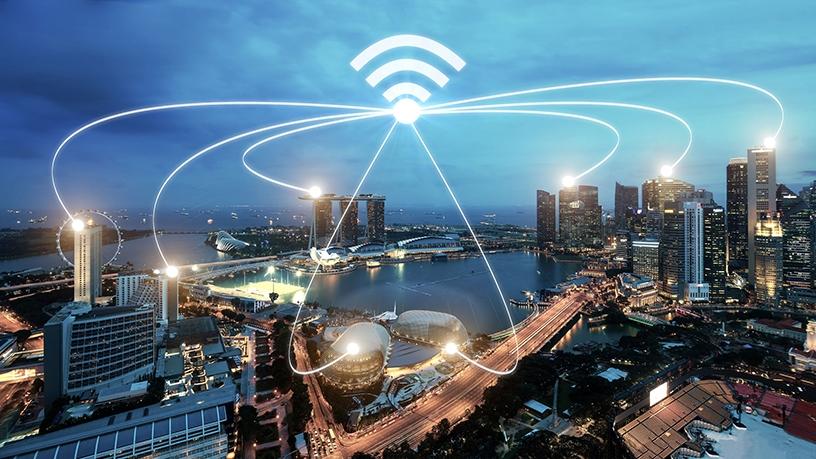
Government in its tiered structure has various different departments, therefore to get to that smart city concept there needs to be collaboration and dialogue between the different silos.
This was word from Ravin Naidu, regional director for South and East Africa at Alcatel-Lucent Enterprise, speaking to ITWeb on the sidelines of an industry conference in Centurion yesterday.
"The municipalities are key because they run the services to the people on the ground. Having a smart network connecting the citizens to the municipality is a building block. For example, if you are making efficient processes for transportation, healthcare, education and connectivity of people, that is the building block.
"In order to do that, you need to build a platform and enable connectivity, and then over that you will build the applications that need to connect."
The conference, hosted by Alcatel-Lucent Enterprise, was a discussion with the City of Tshwane on how to use network and communication infrastructure that is already in place to build a smart city.
Naidu noted that the networking communications company is committed to helping metros like the City of Tshwane and City of Cape Town, as well as other government departments as they embark on their digital transformation journeys.
Public and private co-operation
The need for a holistic approach in the development of smart cities has been emphasised by other industry veterans.
Speaking at a conference last year, Edwin Diender, VP for government and public utility sector for Huawei's Enterprise Business Group, said the limited uptick in the deployment of smart city initiatives can be attributed to information systems that sit in silos. He explained that scaling up the implementation of smart cities called for integrating these systems without replacing them.
Raja Moudgil, GM at Signify Southern Africa, and Roy Alves, country manager for Middle-East and Africa at Axis Communications, echo this view.
"Today, systems still operate in isolation, and different components are not directly linked to each other. For example, the City of Johannesburg has hundreds of cameras for traffic, hundreds for city surveillance, hundreds at retailers and hundreds within public transport, with very limited scope of cooperation between these silos," they say in a statement.
"Surveillance represents a typical area where a city can become smarter when selected data is shared across multiple stakeholders. By breaking down the barriers between the individual silos, several benefits can be gained for the city, for private entities and for the citizens.
"Cameras have become an integral part of operations centres of major cities around the world. As the Internet of things comes to life, there are numerous other scenarios where network cameras could help improve the way smart cities function, and the way people live, travel and work."
It will take co-operation between the public and private sector to ensure that cities can make the transition to being smart, according to Moudgil and Alves
"Employing these best practices, partnerships between public organisations, private companies and the community can bring benefits to the whole system: public safety, economic development and improved management efficiency, with municipalities giving citizens and local businesses the chance to play a key role in the process."
Share